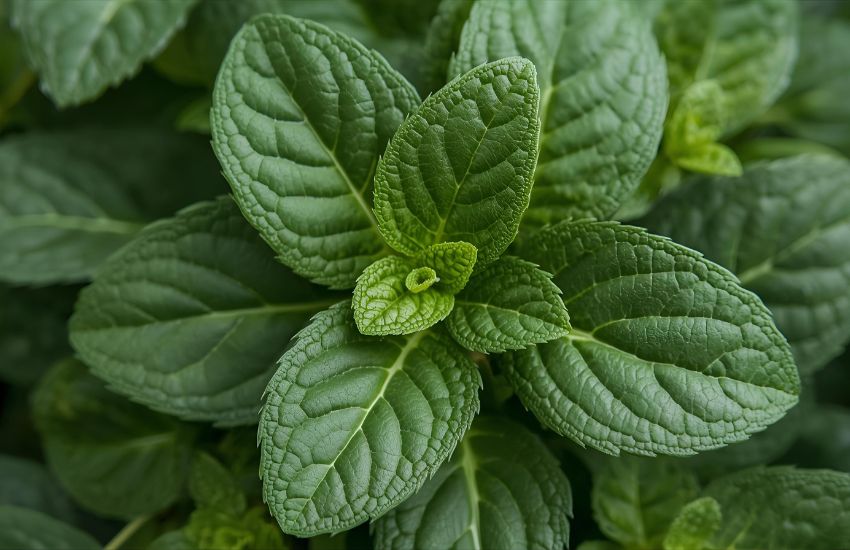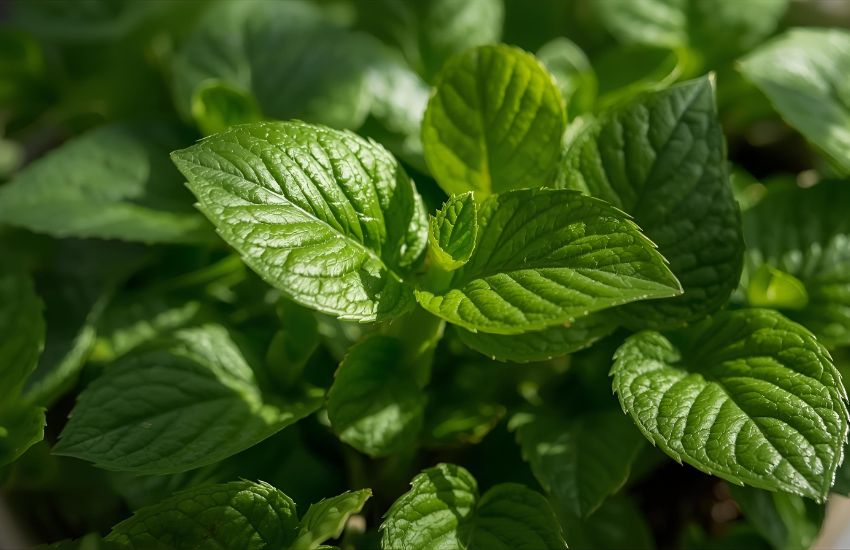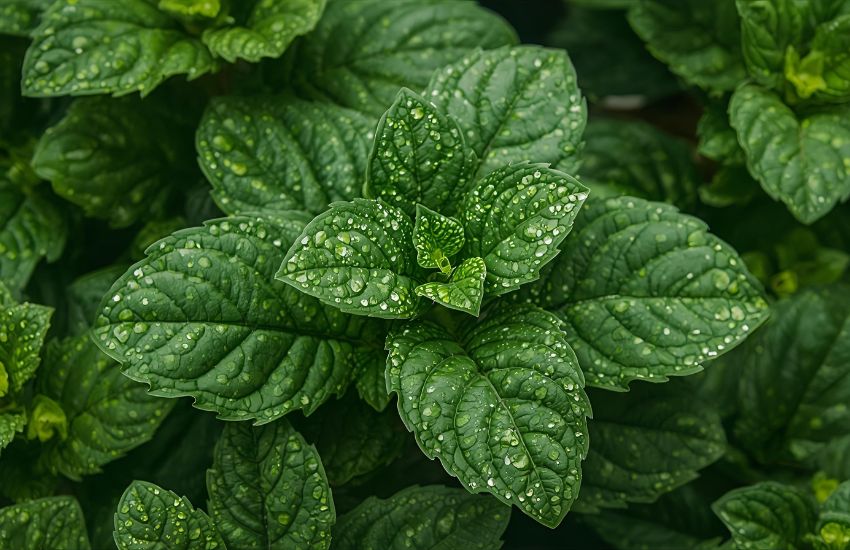Few houseplants can captivate you as effortlessly as the Fittonia Green Plant, also known as fittonia albivenis. Its intricate network of white veins or pink veins across lush green leaves creates a stunning mosaic plant effect that instantly elevates any indoor space. Often admired for its veined foliage, this evergreen perennial thrives in humid environments, making it a perfect addition to terrariums or as vibrant ground cover for your indoor garden. With the right plant care, the dark green and green foliage of Fittonia can brighten corners that might otherwise remain dull, all while maintaining a compact, elegant presence.
Growing this tropical plant indoors requires attention to indirect light and stable humidity levels, as too much direct sunlight can stress the leaves and cause leaf drop. Understanding the proper potting mix and watering routine will ensure your plant not only survives but grows well, while learning how to propagate Fittonia allows you to expand your indoor greenery effortlessly.
In this guide, you will discover practical tips on creating ideal indoor conditions, selecting the best potting mix, managing high humidity, and propagating your Fittonia successfully, ensuring your home thrives with this striking tropical houseplant.
Types of Fittonia Green Plant and Their Unique Indoor Beauty

The Fittonia Green Plant, also known as the nerve plant, is admired for its striking foliage and versatility as a tropical plant that naturally grows in the understory of South American rainforests. When grown as a houseplant, its colorful veins and low-growing habit make it a captivating addition to any indoor space. Understanding the types of Fittonia helps you choose the perfect variety to grow and care for according to your home’s light and humidity conditions.
Fittonia albivenis – Classic Veined Beauty
Fittonia albivenis is the most widely recognized species, featuring dark green leaves highlighted with bright white veins. Although the most popular vein color is white, some cultivars exhibit red veins, adding a vibrant touch to your indoor collection. This species is excellent as a creeping ground cover in terrariums or small pots, and it thrives at temperatures around 65–80°F. Regular nerve plant care involves keeping the soil consistently moist and using a room humidifier in winter to prevent limp leaves and maintain full foliage.
Fittonia verschaffeltii – Bold Color Variations
This species displays dramatic red veins on dark green foliage, providing a bold contrast that enhances any indoor houseplant arrangement. The nerve plant grows quickly under the right conditions and is highly rewarding for those who enjoy propagating nerve plant. To ensure your plant thrives, care for Fittonia by potting and repotting nerve plant in a container with drainage holes and fresh potting soil, keeping it appropriately moist without waterlogging.
Fittonia argyroneura – Subtle Silver Accents
Fittonia argyroneura is admired for its delicate, silvery veins against soft green leaves. This evergreen perennial with delicately veined foliage adds elegance to shaded corners or grown indoors as part of a mixed plant display. It responds well to tray filled with water and pebbles to maintain humidity and benefits from a fertilizer diluted to half strength during the growing season.
Propagation and Common Challenges
All fittonia spp are relatively easy to propagate, and nerve plants propagate readily from stem cuttings. The best way to propagate nerve is to place cuttings in moist soil or water until roots form. When caring for these plants, be mindful of common problems with nerve plant, such as limp leaves from dryness, stems grow leggy due to low light, or collapse if it’s allowed to dry out. Consistent care, using a room humidifier, and maintaining plant appropriately moist soil helps prevent these issues and keeps your nerve plant thriving.
By choosing the right types of Fittonia and following proper nerve plant care, you can create a stunning indoor display while enjoying the unique charm of grown indoors nerve plants. Whether it’s the popular vein color or subtle silver accents, each variety brings its own distinctive beauty and grace to your living space.
Nerve Plant Care Tips for Potting, Repotting, and Easy Propagation

- Nerve plant naturally grows in the humid understory of rainforests, so maintaining moisture and humidity is essential.
- When grown as a creeping ground, it thrives in a conventional potting soil mix that balances water retention and drainage.
- Unlike the snake plant, nerve plants are sensitive to dryness, and plants that are allowed to dry out can develop limp leaves or stress.
- When potting and repotting nerve plant, choose containers with drainage holes and use fresh potting mix to ensure proper aeration.
- Gently loosen the roots and position the plant at soil level without compaction to encourage healthy growth.
- For propagation, select healthy stems with at least two growing nodes and make cuttings at an angle to encourage faster root development.
- Place cuttings in moist soil or water to establish roots quickly, making propagating nerve plant easy and effective.
- Feed plants weekly with a diluted, balanced fertilizer to maintain lush, vibrant foliage.
- Use a room humidifier in winter to compensate for dry indoor air and prevent yellowing or browning of leaves.
- The nerve plant grows well in standard potting soil and develops striking veins where white than green foliage adds elegance to any indoor space.
Common Problems with Nerve Plant and Effective Care Solutions

Caring for a nerve plant requires attentiveness, as several issues can arise if the plant’s environment or care routine is not ideal. Understanding these challenges and their solutions ensures your plant remains healthy and vibrant.
Leaf Drop and Limp Leaves
Leaf drop is usually a sign of stress in nerve plants. This condition usually indicates that the plants are experiencing inconsistent watering, low humidity, or cold temperatures or drafts. To prevent this, maintain a consistently moist environment, avoid placing the plant near vents or drafty windows, and ensure it remains at stable indoor temperatures. Result of cold temperatures can also weaken the plant, so keep your nerve plant in areas that stay warm and protected.
Pests and Infestations
Nerve plants are susceptible to pests such as spider mites and aphids. Infestations should be treated promptly with appropriate insecticidal sprays or natural remedies. Always well—and keep affected plants isolated to monitor recovery. Affected plants isolated to prevent spreading to other indoor plants is essential for maintaining a healthy collection.
Leggy Growth and Thin Stems
Leggy stems and sparse foliage typically indicate insufficient light or improper care. Ensure your plant receives indirect bright light and keep the foliage full by regular trimming and proper watering. Overcrowding or neglecting to maintain humidity can exacerbate these issues.
Yellowing or Browning Leaves
Discolored leaves are a common symptom of stress. Nutrient deficiencies, overwatering, or low humidity can cause the foliage to yellow or brown. Adjust your watering routine, consider feeding plants weekly with a diluted fertilizer, and use a room humidifier in winter to maintain ideal conditions.
By recognizing these common problems early and taking proactive steps, you can ensure that your nerve plant thrives. Proper attention to temperature, humidity, and isolation practices will keep your plant healthy while preventing issues from spreading to other indoor plants.
Conclusion
Caring for your nerve plant requires attention to its unique needs, especially when plants are not receiving enough light, water, or humidity. During winter when humidity levels drop, using a room humidifier in winter and maintaining consistent watering helps prevent limp leaves, leaf drop, and other common problems. By understanding proper potting, repotting, and propagation techniques, and addressing issues promptly, you ensure your nerve plant thrives as a vibrant, low-growing indoor treasure.
Take action today: provide your nerve plant with the right care, watch it flourish, and bring lasting natural beauty into your home. Start feeding plants weekly, monitor humidity, and enjoy the striking foliage that only a well-cared-for nerve plant can offer.
Frequently Asked Questions (Fittonia Green Plant (Nerve Plant) Guide to Grow and Care Naturally)
How to take care of Fittonia Nerve plant?
Fittonia, or Nerve Plant, thrives in bright, indirect light and high humidity. Keep its soil consistently moist but not soggy. Mist regularly to maintain humidity. Avoid direct sunlight, which can scorch leaves, and ensure good drainage. Prune to encourage bushy growth and remove dead leaves.
Where does Fittonia grow naturally?
Fittonia, also known as the nerve plant, naturally grows in the tropical rainforests of South America, particularly in Peru. It thrives on the forest floor, where humidity is high, light is filtered through the canopy, and temperatures remain warm and stable throughout the year.
Does Fittonia like sun or shade?
Fittonia, also known as the nerve plant, prefers bright, indirect light but cannot tolerate direct sunlight, which can scorch its delicate leaves. It thrives in partial shade or filtered light, making it ideal for indoor locations, terrariums, or shaded areas where it receives consistent, gentle illumination.
Does Fittonia grow fast?
Fittonia, also known as the nerve plant, is a slow-growing tropical plant. Its growth rate is generally gradual, producing new leaves steadily under ideal conditions. With proper humidity, indirect light, and consistent watering, it thrives but does not grow rapidly, making it suitable for small indoor spaces.
